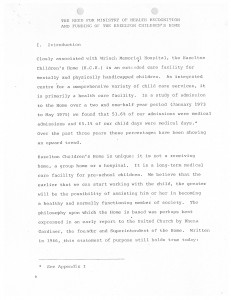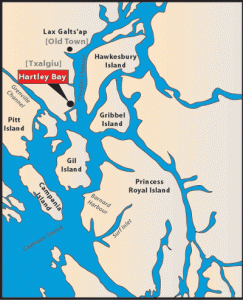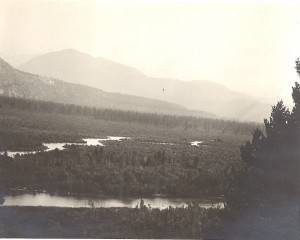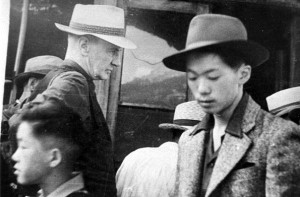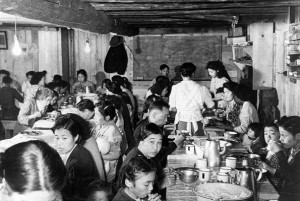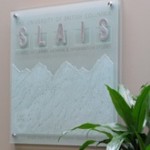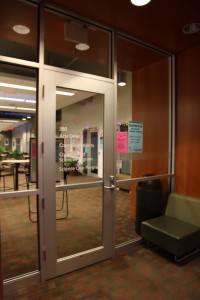Simon Neame has been selected as the new Director of the Irving K. Barber Learning Centre. Simon began his library career after obtaining a Master of Library and Information Studies from the School of Library, Archival and Information Studies at UBC. He started as a Reference Librarian at Kwantlen Polytechnic University Library. From there, he joined UBC Library, first as a Reference Librarian at the Science and Engineering Division, and then in a variety of other roles, including Teaching Programs Librarian in the Information Services Division. While in Information Services, Simon participated in the development of the Chapman Learning Commons, located in the former Main Library.
In 2003, Simon joined the Learning Centre as Program Co-ordinator, and he became Assistant Director in 2009. During his time at the Learning Centre, Simon has provided strategic leadership for the Chapman Learning Commons, the development of learning spaces and programs for students, and the Learning Centre’s community digitization program. Simon has served as the Learning Centre’s Acting Director since Sandra Singh’s departure in December 2010.
The Director’s mandate is to provide strategic leadership for community engagement initiatives on and off campus, along with directing the Learning Centre’s physical facility, and its programs and services for students.

